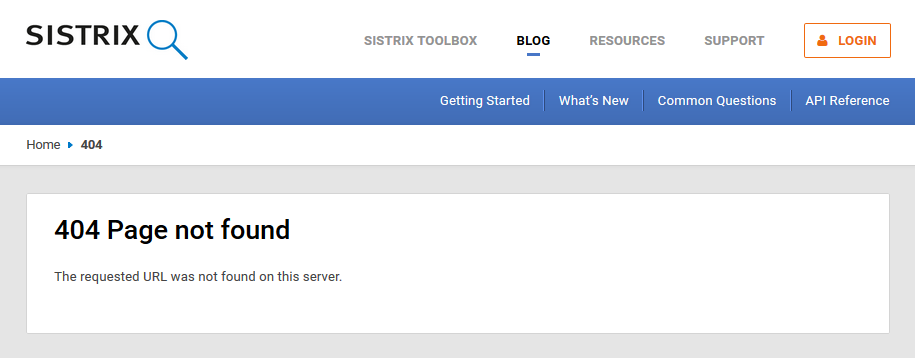Error pages, also called error documents, inform the user that a problem has occurred and return a HTTP status code to search engines.
Webserver error pages and the HTTP status codes 4xx
The most commonly known error page is the so-called “404 Error Page” – file not found:
If, for example, a user requests a non-existing URL, they will usually be presented with a 404-error page. This page informs the visitor that the requested page or file cannot be found or is not accessible.
The number “404”, in this case, is a HTTP status code. Every webserver will answer a request from the browser or a search engine crawler, like asking for a URL, with a status code.
HTTP status codes and their meaning
If a user requests a page (file or resource) and that page can be found, the webserver answers with the HTTP status code “200 – OK.” That means the following: “The request has been processed successfully and the result of the request will be returned in the answer.”
If the requested file cannot be found, as it does not exist, the webserver answers with the HTTP Status Code “404 – Not Found.” That means: “The requested resource has not been found.”
